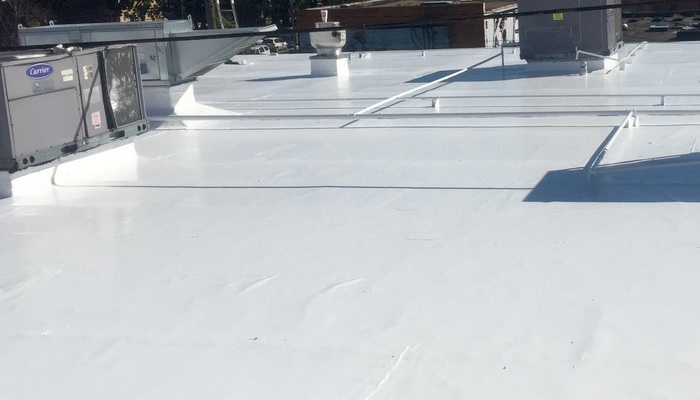Commercial Roofing Tips To Know About
The Commercial Roofing Industry is battling Two Major Issues
A close and expert look at the roofing industry has found that there are two major problems within the industry. On one hand, it is the problem of building owners who choose to tear off their roofs completely when insulation is still working well and they can reroof.
Also, many building owners ignore their chances of restoring their roofs upon the expiration of their installation warranty. Here’s what you should know about these issues.
Building owners tearing off instead of a re-roofing with existing insulation mostly working
When some contractors have been invited to carry out a survey or inspection as well as a damage assessment, they often submit a proposal to a property owner who then decides what to do.
You find that some contractors propose that the roof be ripped off completely and built afresh, while some will recommend a re-roofing or replacement where necessary. While neither option is wrong, it is necessary to be sure that at least 25% of the roof’s insulation is saturated before suggesting a tear-off.
If you still have as much as 75% to 99% of the roof’s insulation dry and working properly, then what should be done is replace the saturated areas with new materials and proceed to install a roofing system.
Building owners missing out on restoration opportunities post-installation warranty
When a building owner purchases a new spray foam, metal, or TPO roof, it comes with a warranty that spans between 10 and 20 years.
If there hasn’t been any leakage or damage until the warranty ends, then nothing will be done. But in due time, the roofing problems will begin to creep up, especially looking leakage, and at that time, nobody can be held responsible.
Depending on the action taken, the result, as well as the cost can be different, and let’s find out how.
If a person gets a TPO roof installation in 2010 and gets a 10-year warranty. By 2020, the warranty is set to expire without any issues or damage to the roof yet even though yearly maintenance has been going on.
When the maintenance stops after the warranty ends, the roof is just left to its fate. 7 years down the line, the roof is leaking and the contractors say more than 40% of its insulation is saturated and the roof needs to be completely torn off, which will cost a whopping $625,000. Now, nothing can be done except a tear-off and replacement.
However, if the building owner worked on extending the warranty just before its expiration, probably by restoring his roof using silicone roof coating systems and getting a new warranty of 10 to 20 years, provided the existing roof is being maintained annually, the seams are in good shape, and the roof insulation is below 25%, he would save a lot more.
A roof restoration, which entails reinforcing seams and installing coating over an existing roof will cost about $250,000. The difference is clear, isn’t it? So, a roof restoration is always better and more cost-effective than a complete tear-off.
So, as a building owner, you need to do all that’s within your power to avoid a complete tear-off until it becomes very necessary.
If a contractor suggests complete tear-off, make sure they prove that saturated areas are above 25% and the roof is currently holding water or leaking.
Also, once your warranty for the initial installation expires, don’t leave your roof like that just because it doesn’t leak yet. Continue to maintain it, and then go for a restoration when the time comes.
